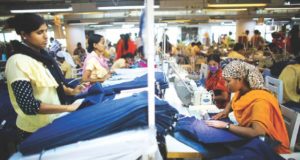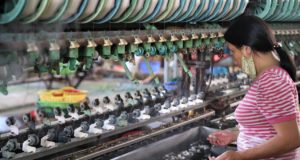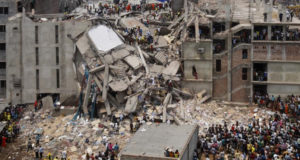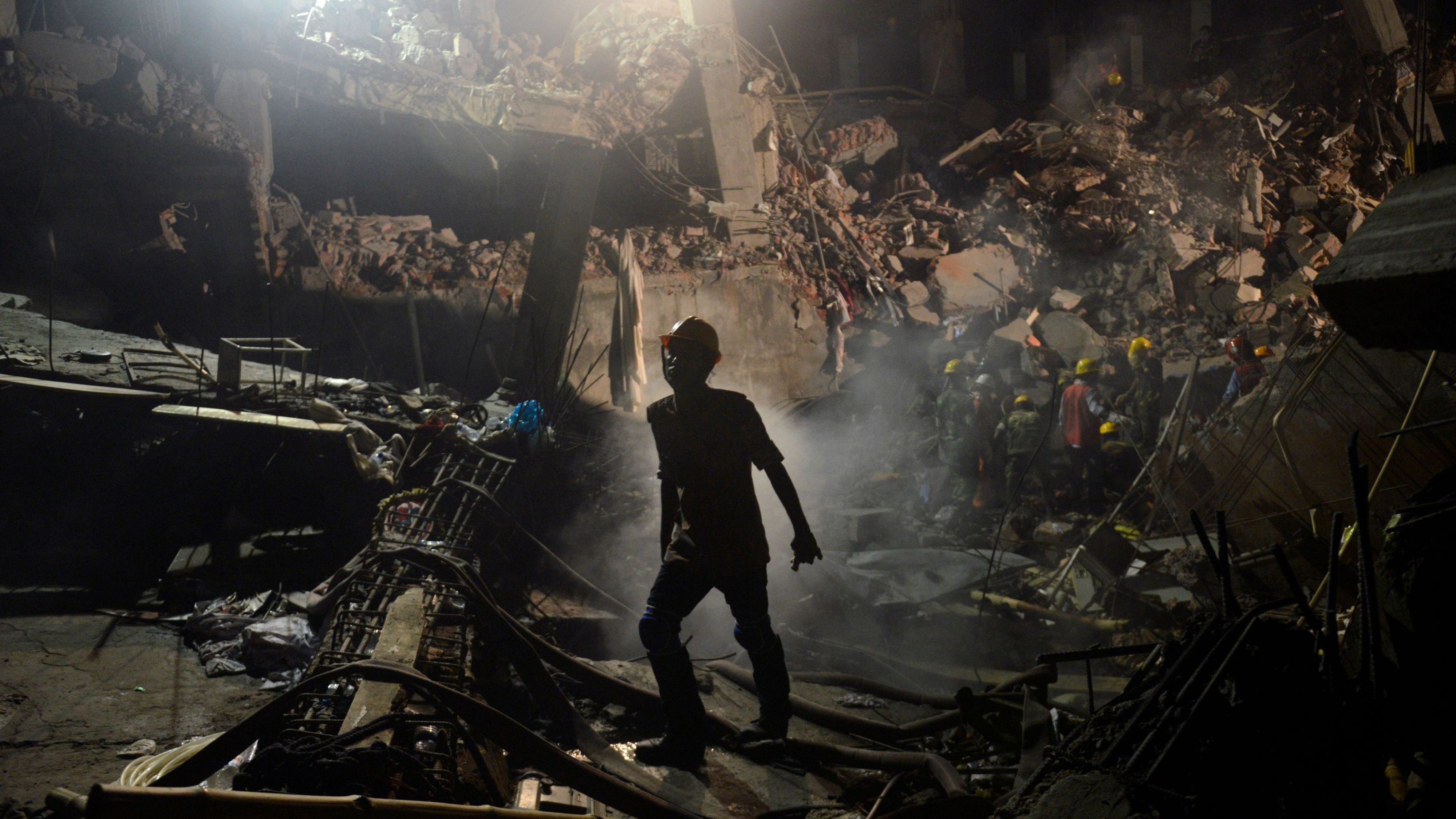Published in The Daily Star on November 15, 2017
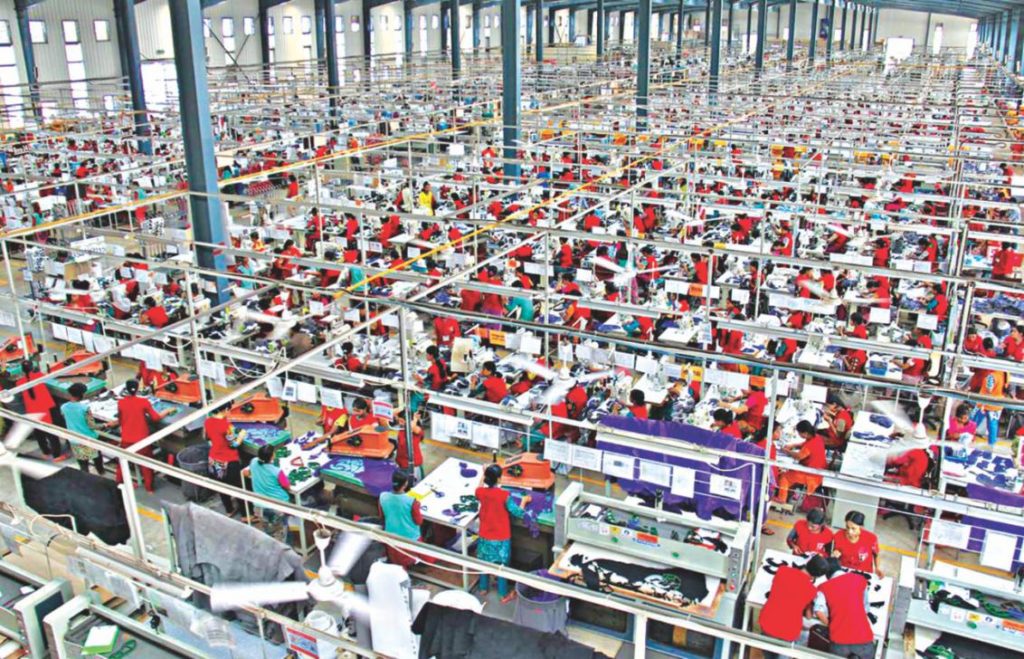
In reaction to recent statements concerning the future of the Bangladesh Accord, the Witness Signatories to the Accord on Fire and Building Safety in Bangladesh—Clean Clothes Campaign, International Labor Rights Forum, Maquila Solidarity Network, and the Worker Rights Consortium—wish to respond regarding the continuation of the Accord’s inspection programme. Recent statements have led some to erroneously believe that the Accord is scheduled to end in 2018, and one should ask whether such an early departure is even desirable given the limited progress made in the development of a credible and functioning national safety regulatory body.
In the wake of the Rana Plaza building collapse—the deadliest disaster in the history of the global garment industry, in which 1,134 workers were killed—three initiatives were launched with the purpose of averting further industry tragedies in Bangladesh: the Accord on Fire and Building Safety in Bangladesh (Accord), the Alliance for Bangladesh Worker Safety (Alliance), and the National Action Plan on Fire Safety and Structural Integrity (NAP).
The Accord is an agreement reached between over 200 apparel companies, eight Bangladeshi union federations, and two global unions. This unprecedented safety agreement is based on legally-binding commitments by apparel brands to ensure that hazards in their factories are identified and corrected. The Accord has overseen factory renovations—from installation of fire doors to strengthening of dangerously weak structural columns and beams—that have already improved safety for over two million garment workers. This success can be attributed to the Accord’s distinct approach, which combines independent safety inspections with multi-brand leverage, financial support and legal accountability to ensure that problems are not only identified but are fixed.
In comparison, the Alliance and the NAP are smaller, less transparent, non-binding programmes that do not benefit from the same level of brands’ commitment to change, especially when it comes to financial feasibility.
To ensure that the safety improvements achieved under the Accord are maintained and expanded, brand and union signatories of the Accord announced in June of 2017 that the Accord has been extended for three years, until May of 2021. To date, 48 companies, including H&M, Inditex (Zara), Primark, and PVH (Tommy Hilfiger, Calvin Klein), have signed the new Accord, with many more likely to follow in the months ahead. These signatories represent many of the largest brands and retailers in the world and most of the Bangladesh RMG sector’s key customers. Their combined commitment means that the 2013 Accord successor agreement will cover at least 1,400 factories and a majority of all export garment production.
The purpose of the renewed Accord, which takes effect in May of 2018 when the current 2013 Accord expires, is to ensure that factories made safe under the Accord remain safe. At the same time, the new Accord will support improvements to Bangladesh’s public regulatory regime, in order to strengthen and pass on this responsibility to the Bangladesh government at the end of those three years. As was agreed to in meetings on October 19 between brand and trade union signatories to the Accord, the BGMEA, and the Bangladesh Ministers of Commerce and Labour, the Accord will continue this work until the local regulatory bodies meet a set of rigorous readiness conditions.
It remains to be seen how long this transition will take; however, any objective assessment of the government’s current state of readiness will conclude that there is a lot of work to do. In order for the Accord to conclude its operations, local mechanisms must be developed, put in place, and demonstrably running smoothly to ensure safe working conditions for the country’s four million garment workers.
For example, the Accord’s robust inspections and the commitments made by the participating brands have enabled the Accord to achieve a high remediation rate, such that 79 percent of the safety issues identified by the Accord engineers in the past four years have been fixed, in many cases with some form of financial support from the company signatories. By contrast, the government of Bangladesh’s own National Action Plan (NAP) has achieved a remediation rate of only 20 percent during the same period at the factories for which it is responsible. It is clear that brands’ commitment to the remediation process is a critical factor to the Accord’s success.
It is unrealistic to imagine that the NAP, or its successor, the Remediation Coordination Cell (RCC), will be able to bring this vast amount of unfinished work to completion over the next twelve months, particularly not until additional agreements are put in place to ensure brand support for remediation. Moreover, in order to create conditions that would allow for the Accord to wrap up its work, the government will have to not only solve the problem of slow progress at the NAP factories, but also demonstrate the capacity to take on regulatory responsibility for all of the factories now covered by the Accord. There is also a large gap on transparency: currently, the Corrective Action Plans for the factories covered by the NAP are not even published on the DIFE website.
The Transition Accord will have to be reassured that the Government of Bangladesh meets reasonable criteria to take over programme activities. Until then it will continue to operate in Bangladesh, meeting with the Bangladesh government and the BGMEA leadership every six months to review and assess the preparedness of national regulatory bodies. The Accord cannot exit Bangladesh until all parties agree that the government is ready to take over these responsibilities. To exit prematurely would be disastrous: it would expose workers to renewed risk of injury and death and it would gravely undermine buyer confidence in Bangladesh.
We very much welcome the upcoming transition phase of the Accord, which has the potential to ensure the government of Bangladesh is fully prepared to assume its proper role in regulating fire and building safety to protect all workers in the RMG industry. At the same time, it is important to understand that factory inspection and remediation coordination are not the only purposes of the Accord. The agreement’s power derives from the fact that it creates obligations for buyers, not just factories, including the obligation to ensure that factories have sufficient financial resources to cover remediation costs. Implicit in the Accord is also the expectation that Accord signatories are committed to continue producing in Bangladesh. Without the Accord, many buyers would have had no choice but to leave Bangladesh after the Rana Plaza collapse. Instead, with the Accord in place to provide assurances on safety, the buyers have stayed.
Ultimately, any final compliance system will need to hold both ends of the supply chain—factories and brands—responsible for its implementation. While we hope all factories in Bangladesh will eventually be covered by a single institution, international brands will always need to take responsibility in ensuring any such institution is effective. To that end, we are fully encouraging all brands to sign on to 2018 Accord, or the Transition Accord, through to May 2021, which will ensure adequate time for this transition to take place smoothly.
2018 Accord represents a tremendous opportunity for all involved. It enables the buyers to support and sustain improvements in the RMG industry, it gives the government of Bangladesh time and support to create a regulatory apparatus fully capable of ensuring building safety, and it provides factory owners with global recognition of their commitment to build a safe industry.
 CPD RMG Study Stitching a better future for Bangladesh
CPD RMG Study Stitching a better future for Bangladesh
